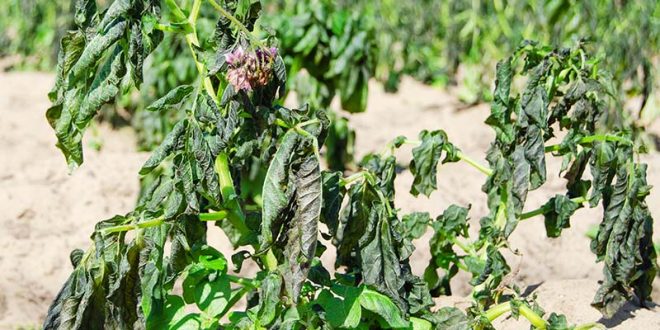Due to the recent frosts in Brazil, which affected most of the producing areas, in the first decade of August, the prices of Agata potato variety (washed) were seen around R$91.11 (weighted by the classification), a value of 69.6% above that of July 21 – which was R$53.70 (also weighted by the classification).
As reported recently by experts from Hortifruti and Center for Advanced Studies on Applied Economics (CEPEA), in the region of Perdizes (MG), losses are estimated at between 10% and 15% of the total crops in development, with greater damage from frost that took a toll on the harvest during the week of July 19 to 23.
In other municipalities in the Cerrado de MG, estimates are even higher: around 30%. In addition, producers have observed a higher incidence of thrips in tubers, which could end up affecting productivity even more in August and September.
The production areas of the Southwest of São Paulo, in turn, were severely affected by the frosts in July. And, with that, the losses are greater than in other regions, predicted between 30% and 50%. In Vargem Grande do Sul (SP), they are close to 35%.
In the regions of São Paulo, rainfall in recent days, associated with the cold climate, are demanding higher levels of spraying – with systemic fungicides to control late blight, as the pathogen has its development favored by high humidity and low temperatures.
Finally, in the south of Minas, it was not yet possible to measure the losses related to the frost that occurred between July 29 and July 30, but the phenomenon registered in July resulted in losses estimated at 30%. Thus, the biggest impact on production should occur between the second half of this month and the beginning of October.
According to a document published by Statista Research Department Jul 2, 2021, the production of potatoes in Brazil amounted to approximately 3.7 million metric tons in 2019, similar to the 3.69 million tons produced a year earlier. In the period between 2013 and 2019, the potato production in the country peaked in 2015, at nearly 3.9 million tons produced.
